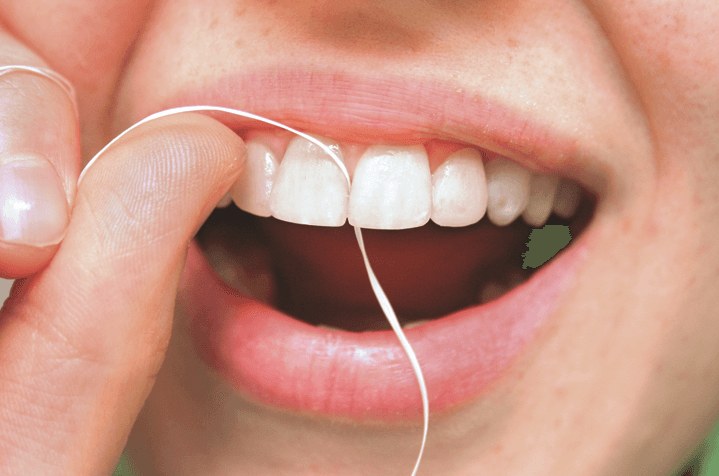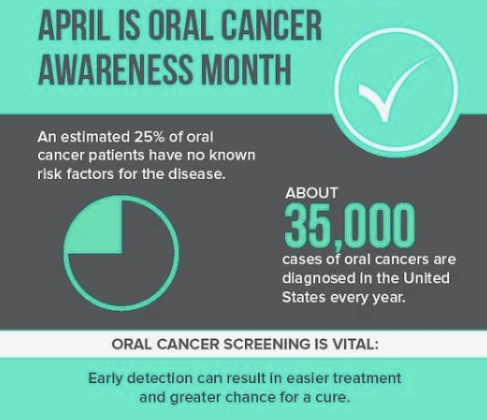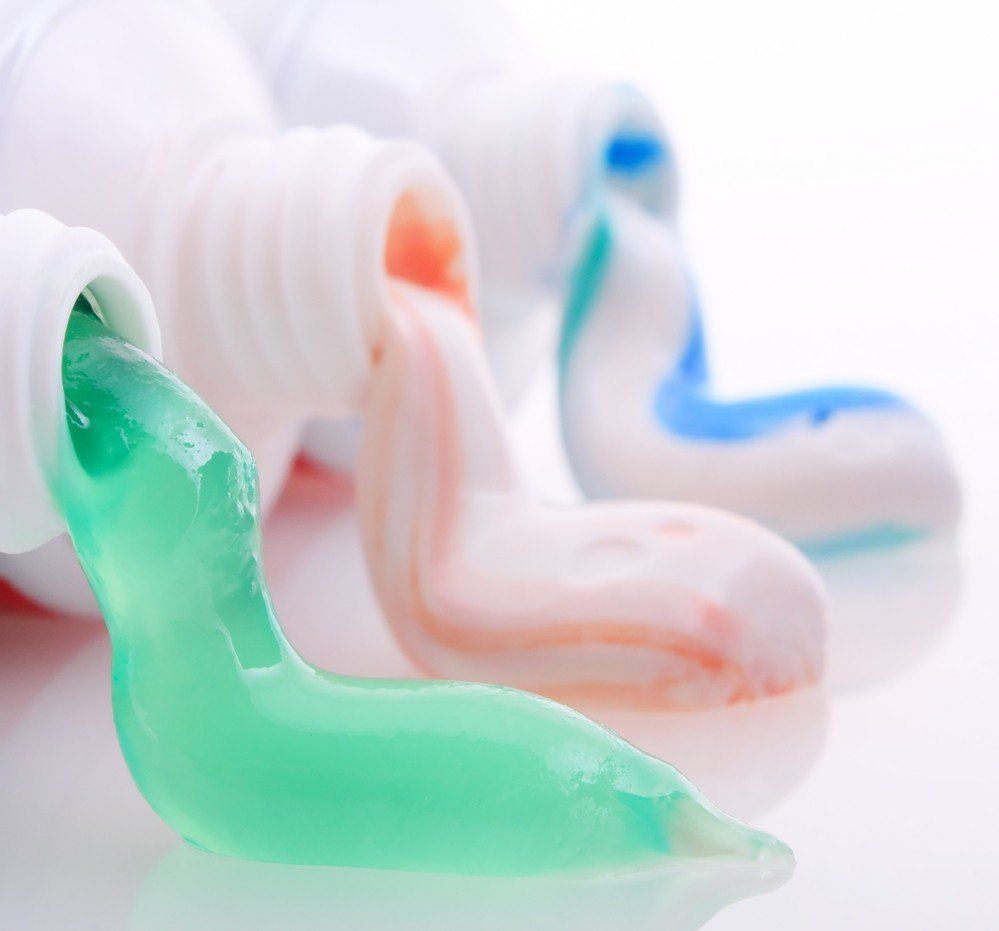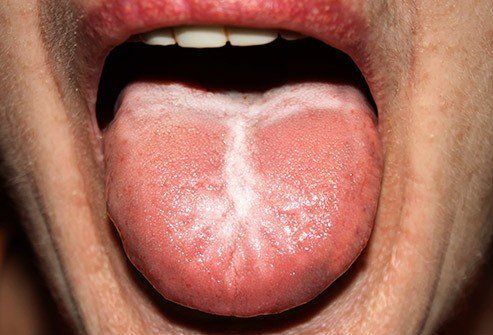A healthy mouth is good for more than just a pretty smile.
- By Joel Snyder
- •
- 13 Apr, 2017
- •
Oral health can affect the entire body, making dental care more than just a cosmetic concern.

Many people know that poor oral hygiene can lead to gum disease, tooth decay and even lost teeth. But are you aware that failing to brush or visit the dentist regularly also can lead to more serious health issues? According to Colgate, recent research suggests that there may be an association between oral infections, particularly gum disease, and cardiovascular disease and preterm birth.
A healthy mouth is good for more than just a pretty smile. Oral health can affect the entire body, making dental care more than just a cosmetic concern.
Many people know that poor oral hygiene can lead to gum disease, tooth decay and even lost teeth. But are you aware that failing to brush or visit the dentist regularly also can lead to more serious health issues? According to Colgate, recent research suggests that there may be an association between oral infections, particularly gum disease, and cardiovascular disease and preterm birth. Gum disease also may make diabetes more difficult to control, since infections may cause insulin resistance and disrupt blood sugar.
Your mouth also can serve as an infection source elsewhere in the body. Bacteria from your mouth can enter the bloodstream through infection sites in the gums. If your immune system is healthy, there should not be any adverse effects. However, if your immune system is compromised, these bacteria can flow to other areas of the body where they can cause infection. An example of this is oral bacteria sticking to the lining of diseased heart valves.
Other links have been found between oral health and overall health. In 2010, researchers from New York University who reviewed 20 years of data on the association concluded that there is a link between gum inflammation and Alzheimer's disease. Researchers in the UK also found a correlation. Analysis showed that a bacterium called "Porphyromonas gingivalis" was present in brains of those with Alzheimer's disease but not in the samples from the brains of people who did not have Alzheimer's. The P. gingivalis bacterium is usually associated with chronic gum disease and not dementia.
Researchers also have found a possible link between gum disease and pancreatic cancer. Harvard researchers found that men with a history of gum disease had a 64 percent increased risk of pancreatic cancer compared with men who had never had gum disease, based on studies of men from 1986 through 2007.
While oral health issues may lead to other conditions over time, symptoms also may be indicative of underlying conditions of which a person is unaware. Inflammation of gum tissue may be a warning sign of diabetes. Oral problems, such as lesions in the mouth, may indicate the presence of HIV/AIDS. Dentists may be the first people to diagnose illnesses patients don't even know they have.
An important step in maintaining good overall health is to include dental care in your list of preventative measures. Visit the dentist for biannual cleanings or as determined by the doctor. Do not ignore any abnormalities in the mouth. Maintain good oral hygiene at home by brushing twice a day and flossing at least once per day. Mouthwashes and rinses also may help keep teeth and gums healthy.
Oral health and other systems of the body seem to be linked. Taking care of your teeth promotes overall health.

Contact us!
https://www.fabuloussmilesdental.com/contact

ADA Approval
First, make sure you choose a product approved by the American Dental Association and displaying the seal on its packaging. There are plenty of fluoride-free, organic, and all natural options tested by the ADA for both safety and effectiveness at keeping the teeth clean. Products without these seals have not necessarily been tested for their claims and quality, so you’re gambling with the health of your mouth by using them.
Focus on Needs
Consider what your teeth need the most to choose a toothpaste with the right extras. Whitening toothpaste can’t always replace professional whitening from a dentist, but it does work to prevent surface stains that cause your white smile to lose its brightness after treatment. Most toothpastes tend to target one of more of the following conditions or needs:
- Sensitivity, in the gums and teeth, from mild to severe pain
- Fluoride products are essential for kids, adults who don’t get enough of it in their diet, and people with diabetes and many other conditions
- Anti-cavity, which most products cover but which should always be checked
- Anti-gingivitis, ranging from over the counter to prescription products for healthier gums.
Watch Out!
There are a few products you don’t want to use on your teeth, and they’re often sold as cosmetic products rather than medically tested toothpaste. Any whitening toothpaste with a very abrasive ingredient, ranging from natural walnut shell to plastic microbeads, can leave your teeth with enamel damage that is permanent and hard to treat. Activated charcoal powders can also discolor teeth along with eroding your enamel. Look for toothpaste products that reinforce enamel rather than damaging it.
Picking a Toothbrush
Of course, the toothpaste still needs to be applied to the teeth with the right tools to effectively protect you from cavities and gum disease. The wrong toothbrush can damage your enamel, scratch your gums, or fail to remove trapped food from between your molars. Only use soft bristled brushes unless given advice from your dentist to the contrary. For most people, stiff bristles are too hard for their gums. The tip of each bristle should be rounded and not pointed or square so that food debris and tartar comes loose with each sweep. Replace your brush every three months even if it still looks new and fresh since bacteria can build up over time.
Need more advice about what to do to take care of your teeth? Make an appointment with your dentist for a routine cleaning or a timely inspection. You can discuss your concerns without feeling rushed and determine if your current oral health practices are sufficient for keeping your smile bright, healthy, and strong.

Creamy white spots could be thrush, a fungal infection (shown below). It often happens after an illness or medications throw off the balance of bacteria in your mouth. White patches that look lacy could be lichen planus, which means your immune system is attacking the tissues in your mouth. If you see hard, flat, white areas that can’t be scraped away, it could be leukoplakia, which is linked to cancer. Let your dentist know about any white patches you see.


